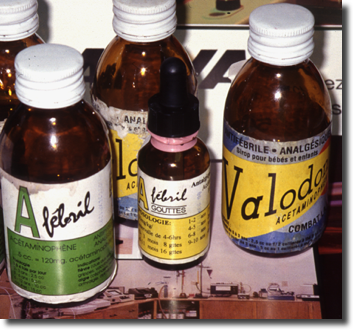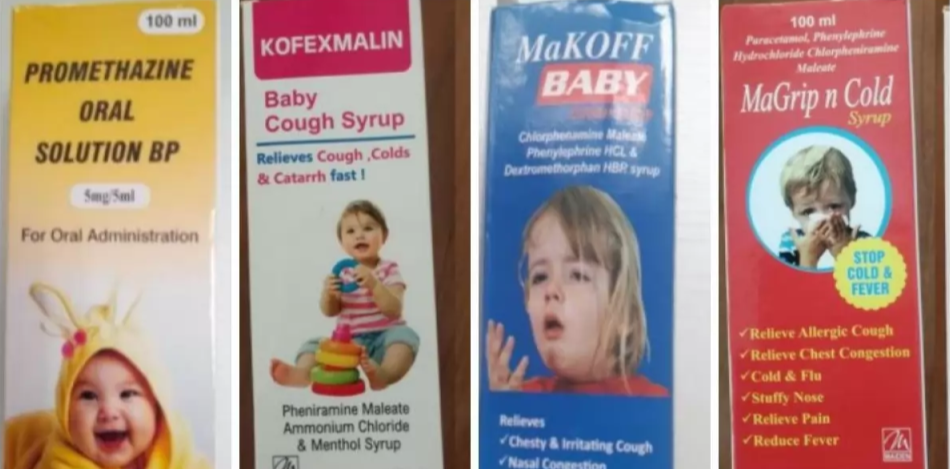Industrial solvents in medicated syrups: A recurring nightmare
In 2022, at least 300 children in Uzbekistan, Gambia and Indonesia died after their parents gave them cough syrup made by Indian and Indonesian manufacturers to relieve minor cold symptoms. Most of them were under the age of five.
What happened? The syrups contained diethylene glycol (DEG) or ethylene glycol (EG), industrial chemicals used as solvents and in antifreeze, instead of the glycerin or propylene glycol that normally make a medicine syrupy. DEG and EG are highly toxic, especially to small children; they cause fever, vomiting, diarrhea, impaired kidney and liver function, and death. The contaminants can be inadvertently produced during legitimate manufacturing but distributors have also deliberately introduced them into the drug supply to save money; they are less expensive than their non-toxic counterparts.
The 2022 outbreak touched over a dozen countries
Between June 2022 and August 2023, the World Health Organization issued eight alerts involving DEG or EG in 22 different syrup products found in Gambia; Indonesia; Uzbekistan and Cambodia; the Marshall Islands and Micronesia; Cameroon; Iraq; Belize, Fiji, Laos, Maldives, and Pakistan. The agency also issued alerts after Pakistan's drug regulators reported counterfeit propylene glycol that contained dangerous levels of EG in April and September 2024.
The terrible deaths overseas led the Food and Drug Administration to increase scrutiny of cough syrup manufacturing here in the U.S. In 2023, the agency updated industry guidance for testing drug components at high risk for EG and DEG contaminations and reprimanded at least 28 companies for failure to prove they had adequate testing.
85 years of poisoning incidents
As a series of articles penned by New York Times reporter Walt Bogdanich in 2007 makes clear, these poisonings were not isolated incidents.
In 1937, over 100 Americans in 15 states died after they were given an elixir of sulfanilamide, an antibacterial for strep infections, dissolved in DEG. The mixture had never been tested, and the drugmaker's chemist had no idea that it would be poisonous. The incident led to the passage of the 1938 Food, Drug, and Cosmetic Act, forming the backbone of medicine regulation in the U.S.
Unfortunately, DEG in medicine didn't disappear. Between 1986 and 2021, tainted cough syrup killed hundreds in Argentina, Bangladesh, China, Haiti, India, Nigeria (twice), and Panama. In 2007, toothpaste contaminated with DEG made its way from China to seven countries, including the U.S.

Contaminated medicines implicated in the deaths of Haitian children in 1995 and 1996 (Wikipedia)
